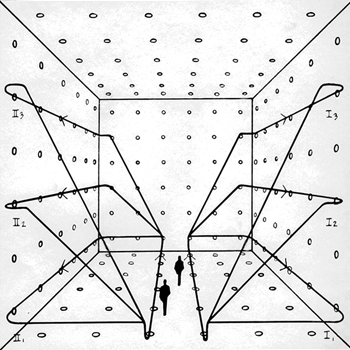Question #3d58e
1 Answer
Feb 26, 2017
Radius of convergence:
Explanation:
From here we can use the Binomial/Taylor Expansion as follows:
I admit this is slack but there is such an obvious pattern there. So if we apply the ratio test to the second and third term, we see that:
This series absolutely converges if:
ie if

